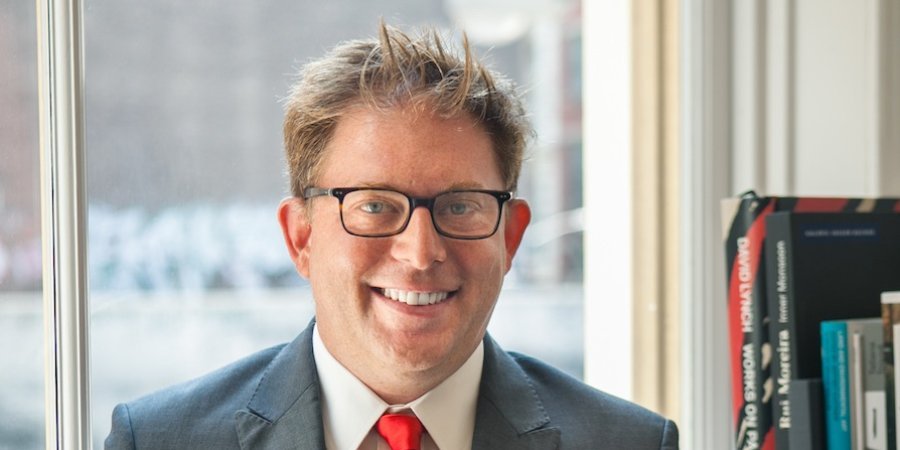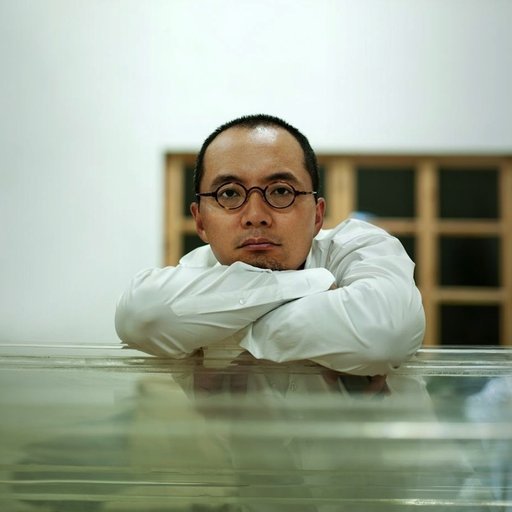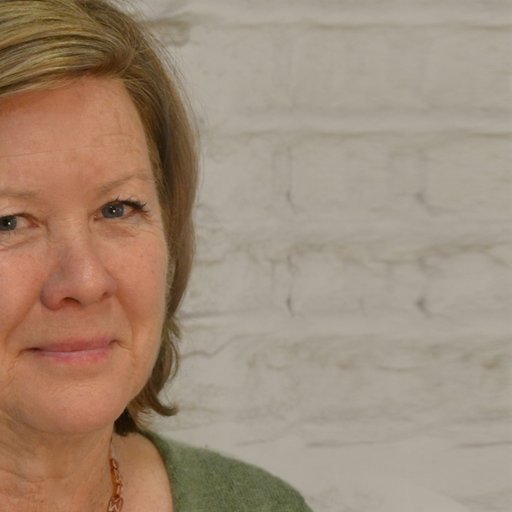This month marks the debut of the artist Susan Hefuna's collaborative performance Notationotaions with the choreographer Luca Veggetti at The Drawing Center—an ambitious, discipline-melding project that has been two years in the making. To learn about the genesis of the collaboration, we spoke to The Drawing Center director Brett Littman about the ideas behind the piece, and why Hefuna is one of the most significant artists working today.
How did you first come across Susan Hefuna's work?
In late 2007, David Ross, who was then the director of the Albion Gallery here in New York, called me and said there was an artist whose work he wanted to introduce me to, so I went over to look at a small installation of Susan's that included several of her sculptural wooden harem screens that have text, a video or two that she had made in Egypt, and also a series of drawings that looked a little like mosque architectural plans or walking paths. I was pretty intrigued, and I immediately liked the drawings very much and started thinking of how The Drawing Center could engage with Susan. The thing that immediately became clear is that while Susan is better known for her multidisciplinary work, her drawings are really the foundation of everything she does. I thought there was an opportunity to work with Susan and maybe push her in a new direction by commissioning her to think about drawing in a new way, rather than just do a traditional works-on-paper show.
How did Susan and Luca Veggetti then come together for "Notationotations"?
I met with Susan when she had a very nice installation of drawing in the 2011 Venice Biennale, and I said, "The next time you come to New York, I would really like to introduce you to a choreographer I know." Then, when she had an opening at Paul Kasmin in New York, I invited the contemporary choreographer Luca Veggetti to the dinner and they hit it off and had a great conversation. Luca's work is also very much based on the idea of drawing, and he's very sympathetic to art; Susan, meanwhile, had always indicated to me that she wanted to do a dance piece, and in fact she was doing a performance piece for a festival at the Serpentine Gallery in the U.K. that involved tents that moved as a kind of exploration of an Egyptian village. I think she appreciated the idea that drawings could be maps for dancers, or a kind of dance notation. So what we did at that time was to just rent a studio space where we could put Susan and Luca together, and they kind of just started working and talking. Then we were very lucky when the Rauschenberg Foundation gave them one of their pilot grants in 2011.
How did their project take shape?
It's been a two-year project. You know, I love dance and the intersection of dance and contemporary art, but sometimes I'm a little bit skeptical about the dance-art interplay, and to be honest the language of dance is not a language that artists necessarily know how to manipulate. I'm not interested in the idea of the wave of an arm as a drawing—dance has its own language with its own issues that are different from sculpture, painting, and drawing. So we wanted to create a collaborative environment between Luca and Susan in which the way both of them approach visual art and choreography would be changed or mutated in the process. They went through many iterations, developing probably three or four projects based on the drawings and ideas that Susan and Luca came up with in the studio while she was drawing and Luca was dancing.
We also commissioned Susan to make a new video as part of her Crossroads series, and when the Swiss Institute was still on Broadway she went there and filmed pedestrians crossing the intersection of Broom and Broadway in real time for a day. She had already done a similar piece in Egypt, and I think there are about four or five other Crossroads videos that she made in other major cities. It looks like people dancing—there's this idea of movement and ebb and flow—and of course that's one of the busiest intersections in all of SoHo, so from an abstract position you get a sense of the real movement of the city. We put that in our back pocket, because we didn't know exactly how that was going to be incorporated, and then Luca and Susan premiered a small portion of their collaboration at our 2012 gala because we wanted to see how it felt.
The concept was that Susan would perform making a chalk drawing on the floor and then Luca would come into that field and began to erase the drawing with his feet, with his movements calibrated to the lines that she drew. We wanted to play with the idea of absence and presence. But Susan was very nervous when she did this performance—she's not really a performer, so it was too nerve-wracking for her—that she decided that she didn't want to perform again before a live audience. So the concept for The Drawing Center became that Susan would come over the weekend before the live performance and have the gallery to herself and make the largest drawing that she's ever made—a web-like chalk drawing taking up the whole floor of our main gallery. It's intended to be a formal exercise—it's devoid of the kind of political content that Susan normally invests her work with. In that respect it is really a meditation about what drawing is.
What makes Hefuna's work relevant today?
I think she's a brilliant artist, and also very erudite and interested in literature and music. She's one of the most serious artists I've ever worked with in that she's very dedicated to her craft and the way that she works. She takes what she does incredibly seriously, so everything she produces has a level of gravitas that contemporary artists always strive for but don't always achieve. Secondly, having spent her time in Germany and Egypt—her parents emigrated to Germany when she was younger—Susan has a very strong feminist agenda as an Arabic woman, as a woman living in the West, and I think that she has a perspective on the Egyptian situation that right now is very needed at this point where the country is teetering on the edge of total chaos. Her work has been a real inspiration because she has provided a voice for women who traditionally have not had a one. She's bringing something very vital to this discussion.
How do you position her as an artist in the context of art history?
I don't want to use the traditional phrase that she straddles East and West, but I think Susan's work is grounded in a modernist understanding of art, as well as trying to break down that sense of modernism or at least to interpret it in a way that makes sense within her own cultural context. For me, when I look at Susan's work I think of Eva Hesse, I think of Agnes Martin, and I think of Minimalists like Sol LeWitt. She deeply understands and has tapped into work coming out of that period, the '50s, '60s, '70s. But there are so many layers—there are the projects where she's sewn bags, which refers to the whole notion of women's work and the history of Arabic textiles and fabrics, and the interviews that she did with women in Egypt. These works are much more pointed in a political way. So my sense is that she's a person who is still exploring. She is a hybrid—she's definitely in between, and I don't think she's willing to give up any one side of the dialogue. Susan is really looking at aesthetics right now and trying to sort out a new artistic language that allows her to maybe express things in more abstract ways. I'm very curious to see what she does next.
RELATED LINKS:
Artist to Watch: Susan Hefuna on Mingling East and West in Her Art
























